In the shadowy underbrush of forests worldwide, snakes silently demonstrate one of nature’s most sophisticated defense mechanisms: adaptive camouflage. These remarkable reptiles have evolved over millions of years to blend seamlessly with their surroundings, using complex patterns, colors, and textures that confound predators and prey alike. Today, scientists and engineers are turning to these masters of disguise to inspire revolutionary adaptive camouflage technologies with applications ranging from military defense to conservation. The biomimetic approach—studying and replicating nature’s solutions—has positioned snakes at the forefront of cutting-edge camouflage research, offering insights that could transform how humans conceptualize concealment in various domains.
The Evolutionary Marvel of Snake Camouflage

Snakes have perfected the art of camouflage through millions of years of evolutionary pressure, developing specialized adaptations that enable them to survive in diverse environments. Unlike many animals with limited camouflage capabilities, numerous snake species possess remarkable morphological features that allow them to match multiple backgrounds with exceptional precision. The gaboon viper, for instance, displays intricate leaf-like patterns that create disruptive coloration, breaking up its body outline when resting on forest floors. This evolutionary refinement represents natural selection at its most sophisticated—each scale, pattern, and color variation has been tested in the crucible of predator-prey relationships, with only the most effective camouflage strategies surviving to the present day.
Beyond Static Camouflage: Dynamic Adaptation in Snakes
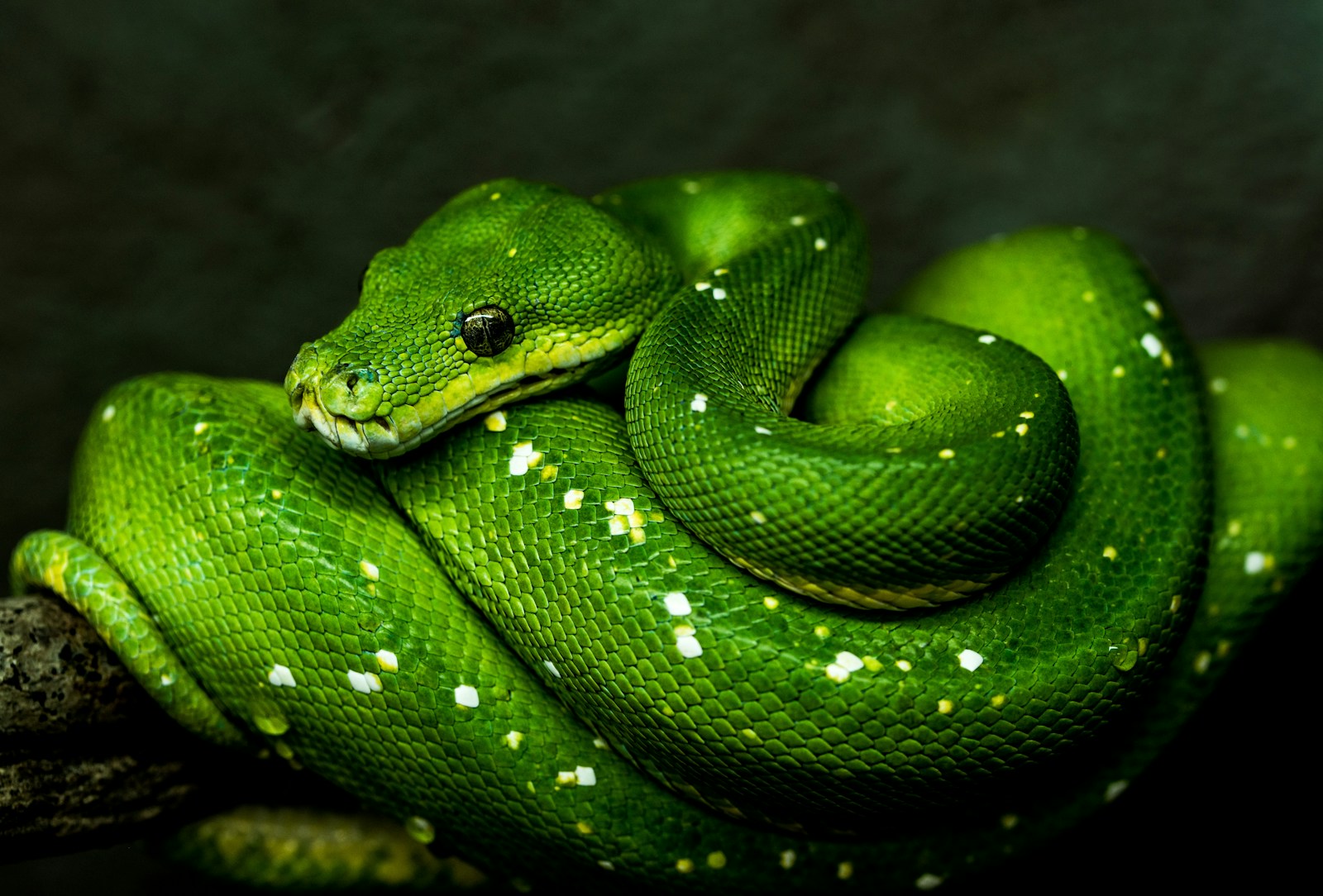
What particularly interests researchers is that some snake species demonstrate a form of dynamic camouflage that goes beyond simple color matching. The impressive ability of certain snakes to alter their appearance in response to environmental changes makes them especially valuable subjects for biomimetic research. For example, the Pacific tree boa can subtly shift its coloration depending on the time of day, appearing darker at night and lighter during daylight hours. Even more remarkable are species like the Baron’s green racer, which can adjust its coloration over weeks to better match seasonal changes in vegetation. These capabilities, while not as rapid as those of octopuses or chameleons, represent sophisticated biological systems that use hormonal and cellular mechanisms to achieve adaptive camouflage—precisely the kind of natural technology that inspires human innovation.
Microscopic Secrets: The Science of Snake Scales

The microscopic structure of snake scales contains some of the most valuable insights for adaptive camouflage technology. Under powerful electron microscopes, researchers have discovered that snake scales aren’t simply colored surfaces but complex microstructures that manipulate light in sophisticated ways. These scales often feature nanoscale ridges and structures that create structural coloration—color produced not by pigments but by physical interaction with light waves. In species like the rainbow boa, specialized nanostructures create iridescent effects that help the snake blend with the dappled light of rainforest environments. These natural photonic crystals are teaching material scientists how to develop surfaces that can alter their optical properties without chemical changes, potentially leading to camouflage materials that can adapt without the need for power sources or complex electronics.
Thermal Camouflage: Snakes as Masters of Heat Signature Control

Beyond visual camouflage, snakes excel at another form of concealment that’s particularly relevant to modern military technology: thermal camouflage. As ectothermic creatures, many snakes have evolved remarkable control over their heat signatures, allowing them to regulate their body temperature to closely match their surroundings. This adaptation helps them avoid detection by thermally-sensitive predators like certain birds of prey and some mammals. Scientists studying pit vipers have noted their ability to manipulate blood flow to different body regions, effectively creating zones of varying temperatures that break up their thermal outline. This biological approach to heat management is inspiring research into materials that can actively control thermal radiation—a crucial consideration in an era where infrared detection technology is widely deployed in military and security applications.
Biomimetic Materials: From Snake Skin to Synthetic Surfaces
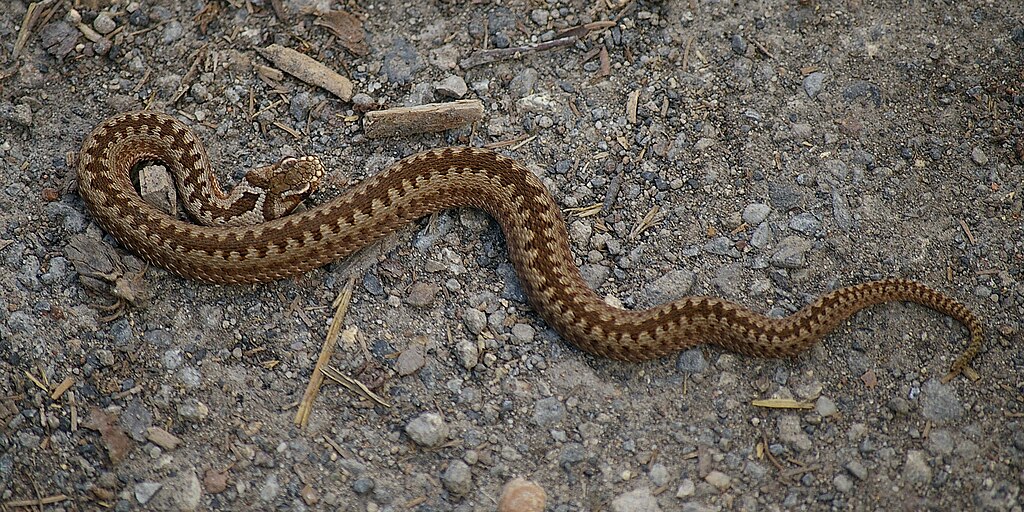
The translation of snake camouflage principles into synthetic materials represents one of the most exciting frontiers in materials science today. Several research teams worldwide are developing artificial surfaces inspired by snake scales, using cutting-edge fabrication techniques to replicate their light-manipulating properties. One promising approach involves the creation of composite materials embedded with microscopic chambers that can be filled with different pigments or liquids, allowing for dynamic color changes similar to those observed in some snake species. Another avenue explores metamaterials—engineered structures with properties not found in nature—designed to mimic how snake scales scatter and absorb light. These biomimetic materials often incorporate flexible components that can change orientation in response to electrical signals, temperature variations, or mechanical stress, providing adaptability previously unattainable in traditional camouflage technologies.
Military Applications: Snake-Inspired Defense Technologies
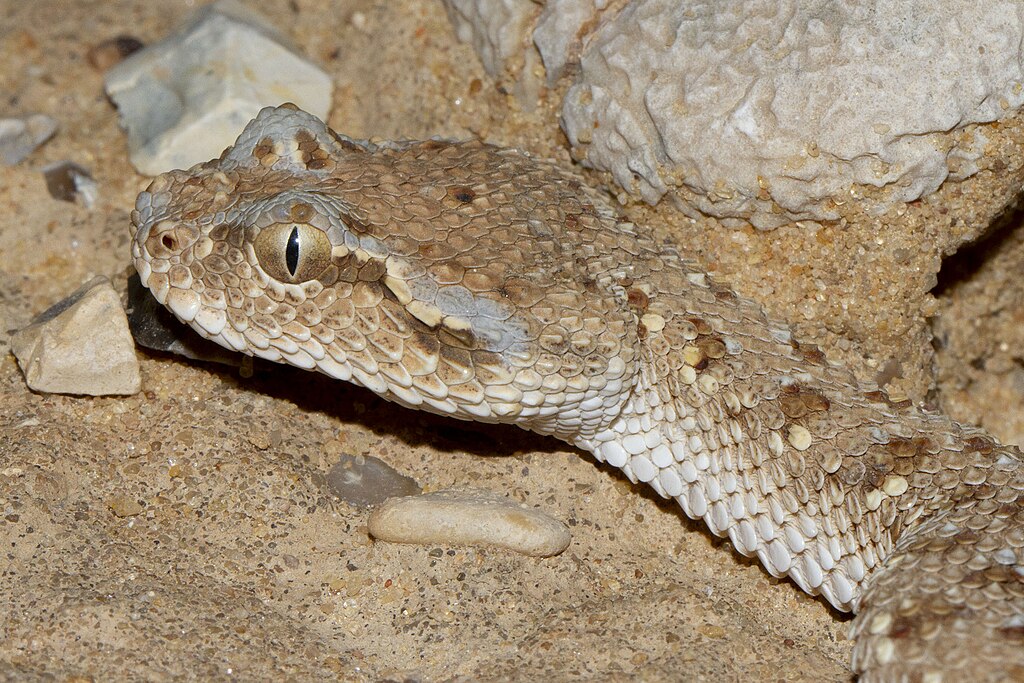
The defense sector represents one of the most invested stakeholders in snake-inspired camouflage research, with militaries worldwide funding studies to develop next-generation concealment systems. Current projects include adaptive fabric coverings for vehicles that can change patterns and colors to match different environments, potentially eliminating the need for separate desert, woodland, and urban camouflage schemes. Soldier equipment is another focus area, with research into uniforms incorporating microfluidic channels inspired by the circulatory systems that help snakes regulate their appearance. Perhaps most ambitious are efforts to develop comprehensive camouflage systems that address not just visual but also thermal, acoustic, and electromagnetic signatures—a multi-spectrum approach to concealment that mirrors how snakes have evolved to evade detection across various sensory domains. These military applications often drive technical innovation that eventually finds its way into civilian and conservation technologies.
Conservation Technology: Protective Camouflage for Wildlife Monitoring

The principles learned from studying snake camouflage are being ingeniously applied to wildlife conservation efforts in ways that might seem counterintuitive. Researchers have developed camera traps and monitoring equipment with adaptive camouflage inspired by snakes, allowing for long-term observation of shy species without human interference. These devices can adjust their appearance to blend with changing seasonal conditions, remaining effectively invisible to the animals they monitor. Another application involves protective coverings for tracking devices attached to endangered species, designed to minimize the visual impact of these technologies and reduce stress on the animals. In marine conservation specifically, snake-inspired camouflage has informed the design of underwater monitoring stations that can change coloration to match water conditions, enabling closer study of marine ecosystems without disrupting natural behaviors.
The Role of Artificial Intelligence in Translating Snake Adaptations
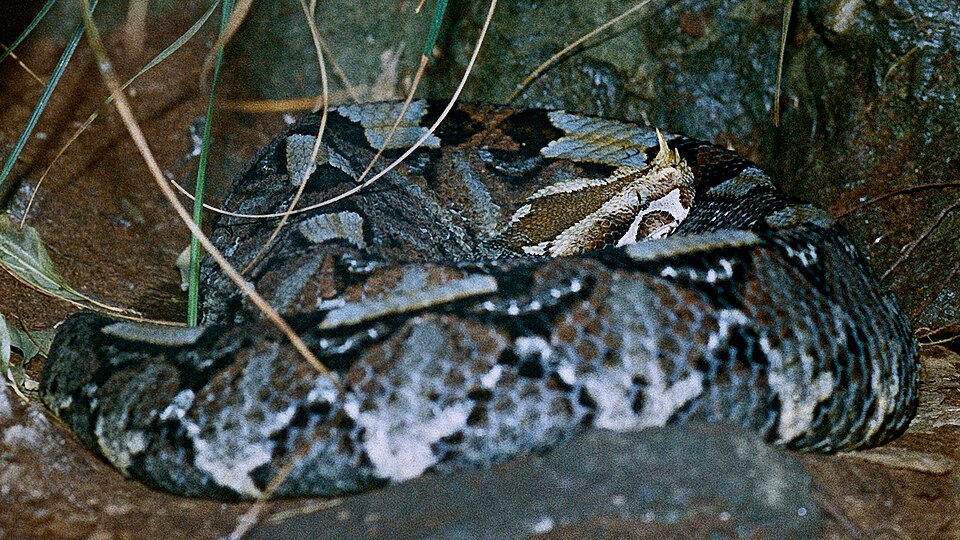
Artificial intelligence has become an indispensable tool in the study of snake camouflage and its technological applications, bridging the gap between biological observation and engineering implementation. Sophisticated machine learning algorithms analyze thousands of images of snakes in various environments, identifying patterns and principles that might escape human researchers. These AI systems can detect subtle relationships between environmental factors and snake coloration, creating predictive models that inform the development of adaptive materials. Computer vision systems paired with evolutionary algorithms are even being used to “evolve” optimal camouflage patterns for specific environments, mimicking the natural selection process that shaped snake camouflage but accelerated to operate in days rather than millennia. This marriage of biological inspiration and computational optimization represents a powerful new paradigm in biomimetic design, allowing researchers to extract and apply nature’s solutions with unprecedented precision.
Challenges in Replicating Snake Camouflage Abilities

Despite significant progress, scientists face substantial challenges in fully replicating the sophisticated camouflage capabilities that snakes have evolved over millions of years. One fundamental obstacle lies in the gap between biological and synthetic systems—while snakes achieve color changes through complex cellular processes involving chromatophores and hormone signals, artificial systems must rely on different mechanisms like electrochromic materials or mechanical color-shifting. Energy requirements present another significant hurdle, as many current adaptive camouflage prototypes require continuous power to maintain their changed state, unlike the energy-efficient biological systems of snakes. Perhaps most challenging is achieving the multispectral concealment that snakes naturally possess—creating materials that can simultaneously manage visible light, infrared radiation, ultraviolet reflection, and even acoustic properties remains beyond current technological capabilities. These limitations drive ongoing research across disciplines from chemistry to electrical engineering in the quest to better understand and replicate nature’s sophisticated solutions.
Ethical Considerations in Biomimetic Research
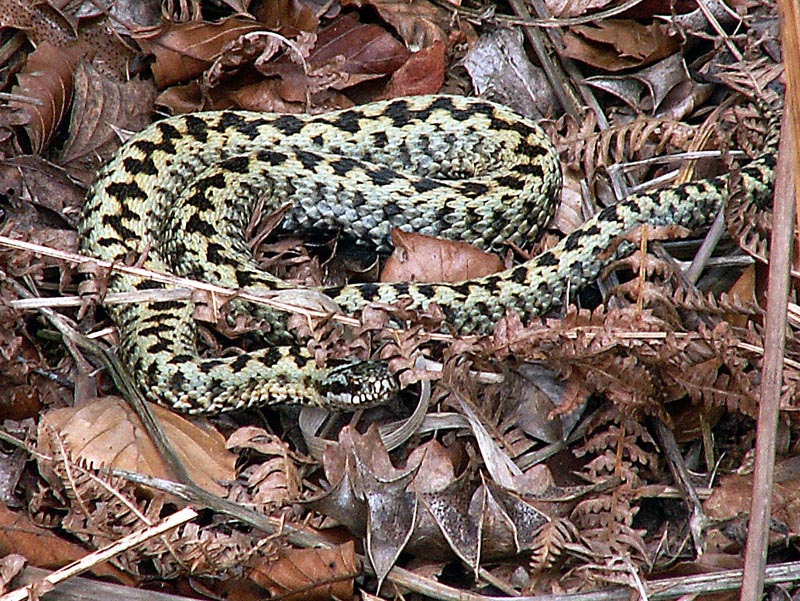
The study of snakes for camouflage technology raises important ethical questions that researchers must navigate carefully. Animal welfare concerns are paramount when studying live specimens, requiring strict protocols to ensure snakes are treated humanely during research. There are also broader questions about the potential militarization of such technologies, as snake-inspired camouflage could significantly enhance warfare capabilities with implications for international security and arms control agreements. Additionally, there are ecological ethics to consider—as researchers collect and sometimes remove snakes from their habitats for study, they must balance scientific needs with conservation priorities, particularly when working with rare or threatened species. Indigenous knowledge frameworks present another ethical dimension, as many traditional communities have developed sophisticated understanding of snake behaviors and adaptations over centuries, raising questions about intellectual property rights and appropriate attribution when this knowledge informs scientific research.
Future Directions: Beyond Visual Camouflage
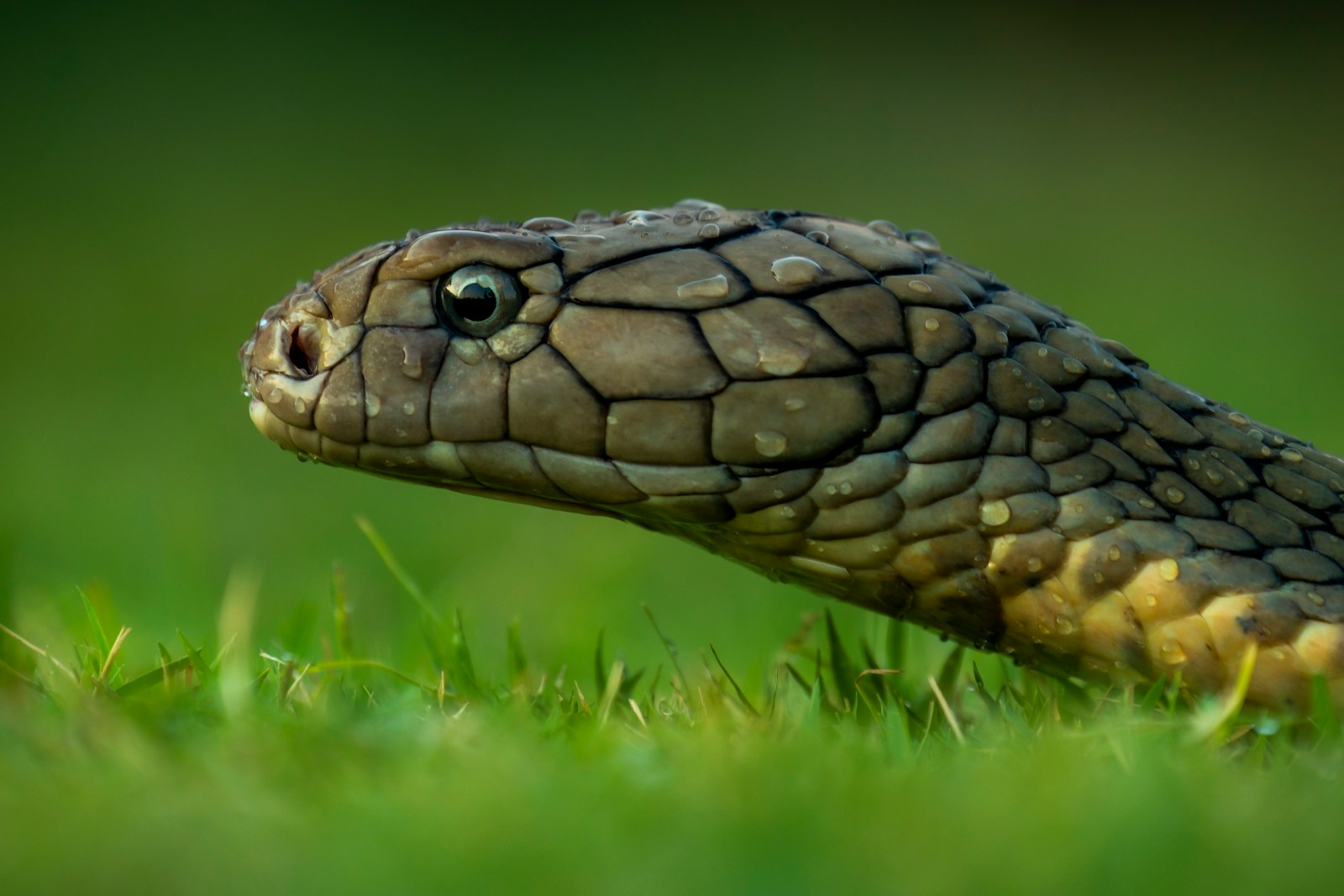
The horizon of snake-inspired camouflage research extends far beyond simple visual concealment, pointing toward integrated systems that address multiple aspects of detectability. Emerging research explores how the texture and mechanical properties of snake skin—not just its appearance—contribute to effective camouflage by reducing noise during movement and minimizing tactile detection. This has inspired development of materials with variable surface properties that can adapt to different tactical situations. Acoustic camouflage represents another frontier, with studies examining how snakes minimize sound production during locomotion, potentially informing designs for quieter vehicles and equipment. Some visionary proposals even suggest biomimetic camouflage systems that could modify their chemical signatures, drawing inspiration from how certain snake species can suppress their scent to avoid detection by mammalian predators. These multidimensional approaches to concealment reflect a deeper appreciation of how snakes have evolved to evade detection across the full sensory spectrum of their predators and prey.
Cross-Species Insights: Combining Snake Strategies with Other Natural Models
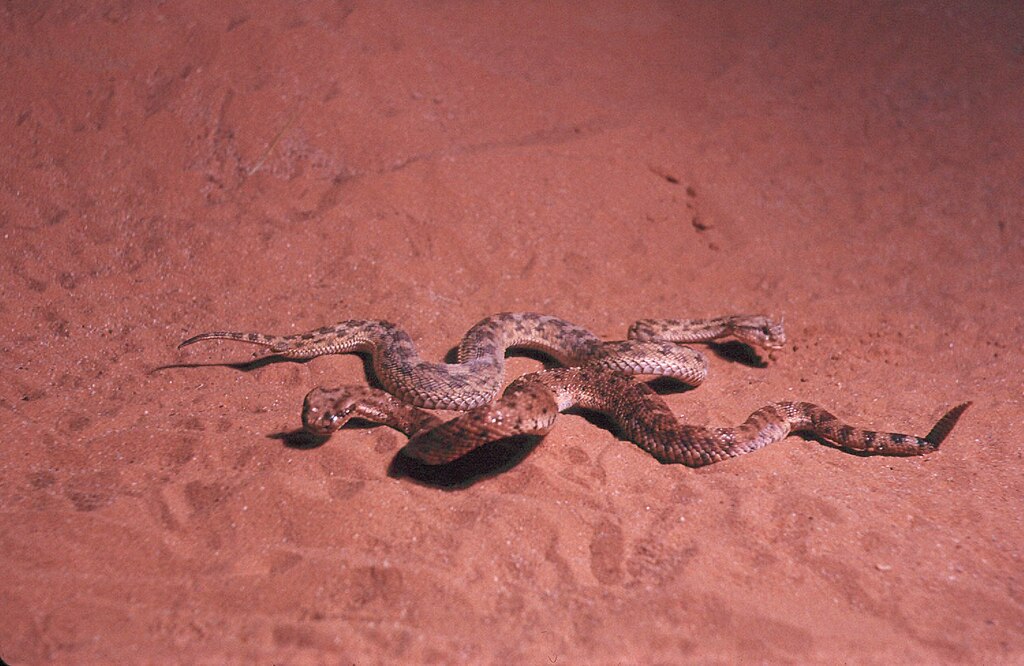
The most innovative approaches to adaptive camouflage technology often combine insights from multiple biological models, with snake adaptations forming just one component of a more comprehensive biomimetic strategy. Research teams are increasingly adopting cross-species approaches, integrating the color-changing capabilities of cephalopods like octopuses and cuttlefish with the structural coloration of snake scales and the thermal management systems of certain insects. This convergent approach acknowledges that while snakes excel at particular aspects of camouflage, other organisms have evolved complementary solutions that address different challenges. For example, one research team developed a prototype camouflage system that combines the chromatophore-inspired pixel structure found in octopus-based designs with the light-scattering nanostructures observed in iridescent snake scales, creating a hybrid system with capabilities beyond what either natural model offers individually. These cross-pollinated approaches reflect the growing sophistication of biomimetic design, which increasingly draws on nature’s full toolkit rather than focusing on single-species inspiration.
Conclusion
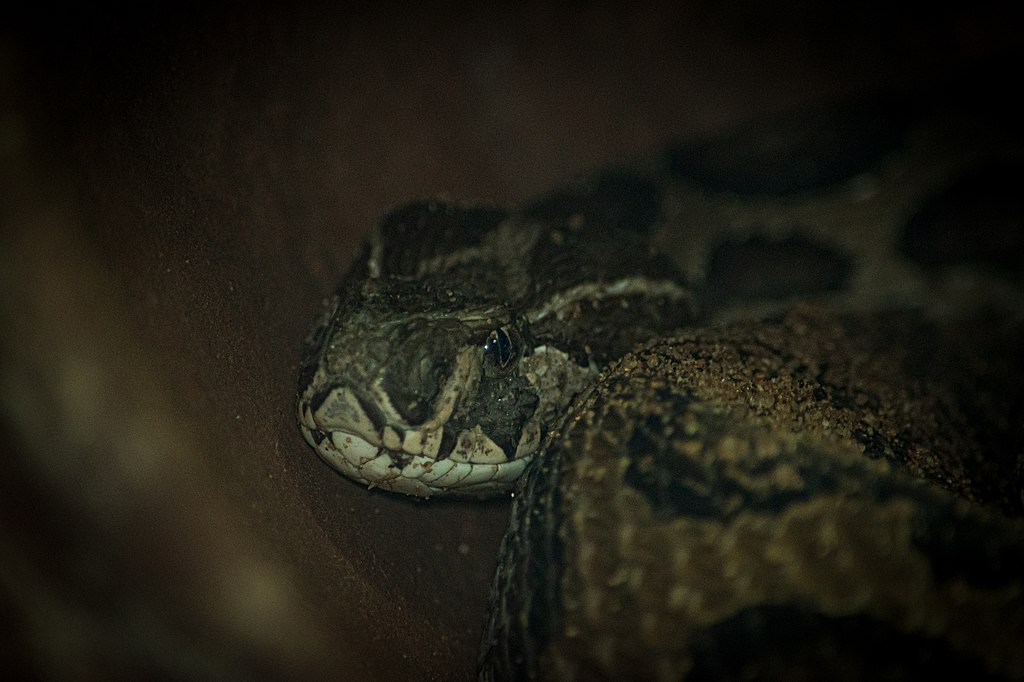
The slithering forms that have inspired fear and fascination throughout human history are now guiding a technological revolution in how we approach concealment and adaptation. As researchers continue to unravel the complex mechanisms behind snake camouflage—from the nanoscale structures of their scales to the biochemical processes that enable color change—they unlock principles that transcend biological boundaries and enter the realm of advanced materials and systems design. This scientific journey from observation to application exemplifies the profound value of biodiversity as not just an ecological imperative but a reservoir of evolutionary solutions to complex problems. While we may never fully replicate the elegant efficiency of a snake’s adaptive camouflage, the attempts to do so are driving innovations that span military defense, conservation, and civilian technologies. In studying these ancient reptiles, we find not only inspiration for tomorrow’s adaptive technologies but also a deeper appreciation for the sophisticated engineering solutions that nature has perfected long before humans began to ask how such things might be possible.





